Baengnyeonok (백년옥)
12.1Km 2017-02-07
2407, Nambusunhwan-ro, Seocho-gu, Seoul
+82-2-523-2860
Baengnyeonok has been famous for tofu since 1992.
Duphare (듀파르)
12.1Km 2021-07-28
244, Hyoryeong-ro, Seocho-gu, Seoul
+82-2-3474-3006
It is a store specializing in homemade cakes and pour-over coffee. This restaurant's signature menu is hand drip coffee. This cafe is located in Seocho-gu, Seoul.
Cheonghakdong Heukyeomso (청학동흑염소)
12.1Km 2021-03-25
356, Yeongdeungpo-ro, Yeongdeungpo-gu, Seoul
+82-2-833-3638
This is a place where you can enjoy various black goat dishes that are good for the health. This restaurant's signature menu is goat hot pot. This Korean dishes restaurant is located in Yeongdeungpo-gu, Seoul.
Jangchung Jokbal (장충족발)
12.1Km 2024-10-15
31, Noryangjin-ro 16-gil, Dongjak-gu, Seoul
+82-2-816-9824
Jokbal (pig’s feet) is a representative food loved by Koreans. The best menu at this restaurant is braised pigs' feet. This Korean dishes restaurant is located in Dongjak-gu, Seoul.
Seoul Gwanmunsa Temple (관문사(서울))
12.1Km 2021-06-01
111, Baumoe-ro 7-gil, Seocho-gu, Seoul
+82-2-3460-5300
Located at the foot of Umyeonsan Mountain in Seocho-gu, Seoul, Gwanmunsa Temple had its ground-breaking ceremony in 1993 and construction was completed in October 1998.
The temple site has a total area of 22,148.76 ㎡ with seven ground levels and four basement levels. The temple was constructed with a mixture of modern and traditional Buddhist architectural designs. Inside the temple, cutting-edge facilities are used for various cultural events, conferences, and sacred ceremonies.
Neighbored by Cheonggyesan Mountain, Umyeonsan Mountain, and Yangjaecheon Stream, the temple is located near many natural spots visitors can enjoy. In particular, Umyeonsan Mountain (alt. 293 m), where Gwanmunsa Temple is located, gets its name for its shape resembling a cow lying down. Designated as a city park and managed by Seoul Metropolitan Government, Umyeonsan Mountain has several valleys with clear spring waters and a dense forest inhabited by diverse animals and plants.
Olive Young - Hanyang Univ. at Ansan Station Branch [Tax Refund Shop] (올리브영 안산한대앞역)
12.2Km 2024-04-19
51, Jungbo-ro, Sangnok-gu, Ansan-si, Gyeonggi-do
-
Nolbu Budaejjigae&Cheolpangui(놀부부대찌개&철판구이)
12.2Km 2020-12-21
775 Gyeongin-ro Yeongdeungpo-gu Seoul
+82-2-6309-5432
Budaejjigae (spicy sausage stew) is a soup dish made with various types of ham and Korean broth and sauces. This Korean dishes restaurant is located in Yeongdeungpo-gu, Seoul. The most famous menu is sausage stew.
Bongsanok (봉산옥)
12.2Km 2024-03-25
5-6 Banpo-daero 8-gil, Seocho-gu, Seoul
+82-2-525-2282
Bongsanok, located near the Seoul Arts Center, specializes in manduguk (mandu soup), known for its signature spicy twist with a generous sprinkling of chili pepper powder. The restaurant’s celebrated manduguk features Hwanghae-do-style mandu, stuffed with a savory blend of minced meat, kimchi cabbage, bean sprouts, and chives, all served in a rich beef brisket broth that has been meticulously boiled for twelve hours.
Yangjaecheon Ecological Park (양재천 생태공원)
12.2Km 2017-12-23
Baumoe-ro 12-gil, Seocho-gu, Seoul
Yangjaecheon was originally the first tributary to the Hangang River, but, it became an artificial river as a result of the Hangang River Coastal Development Project and some other changes by surrounding developments.
Innisfree - Noryangjin Branch [Tax Refund Shop] (이니스프리 노량진)
12.3Km 2024-04-22
162, Noryangjin-ro, Dongjak-gu, Seoul
-
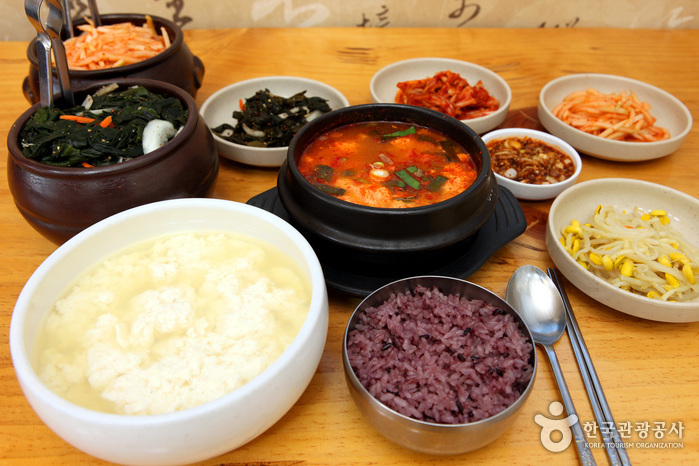
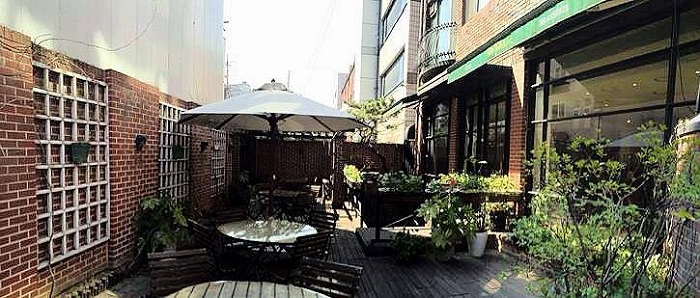
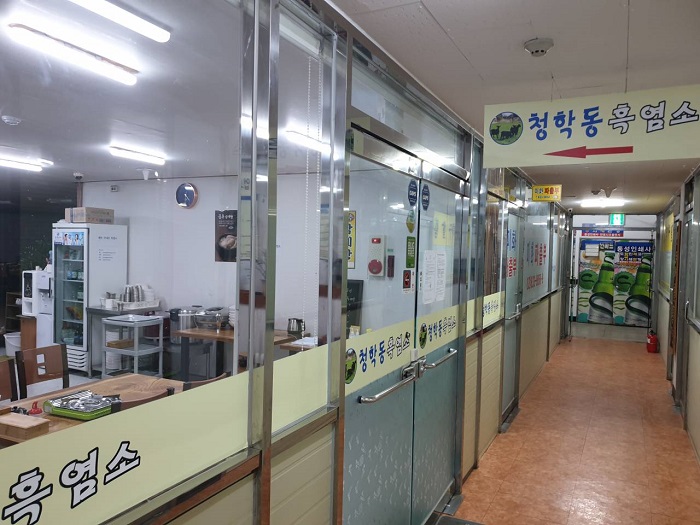
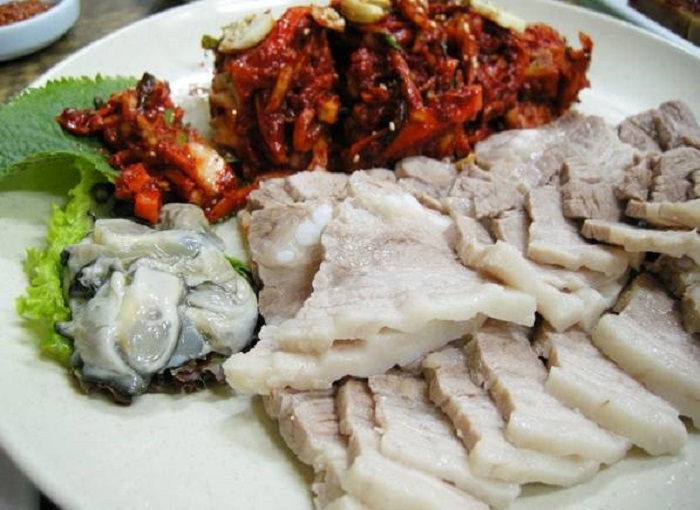
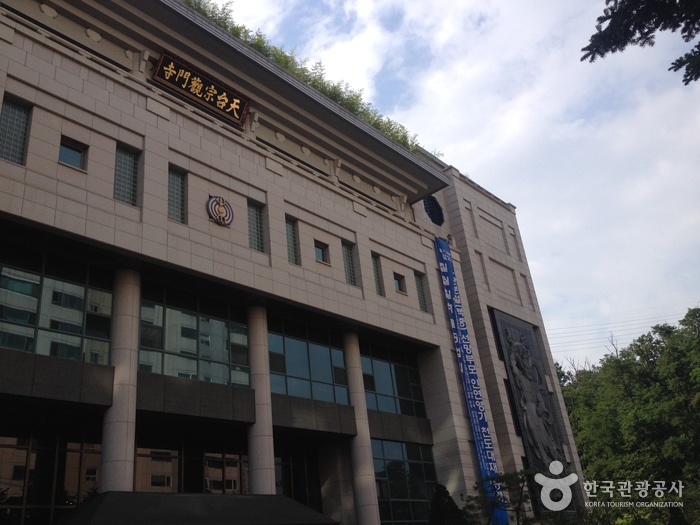
![Olive Young - Hanyang Univ. at Ansan Station Branch [Tax Refund Shop] (올리브영 안산한대앞역)](http://tong.visitkorea.or.kr/cms/resource/73/2889373_image2_1.jpg)
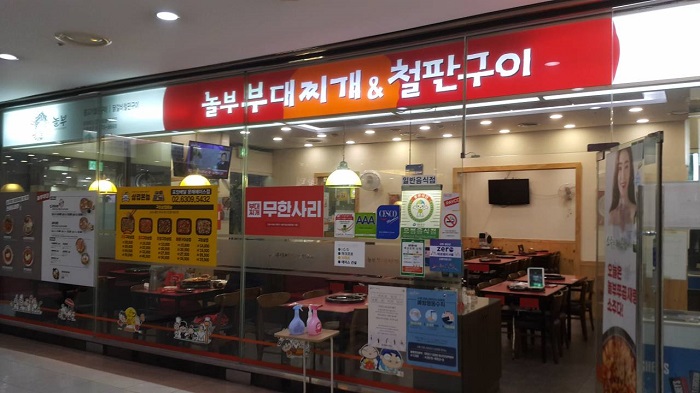

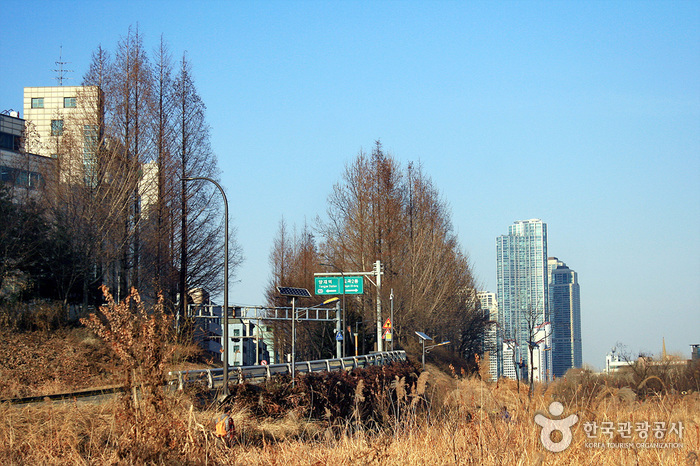
![Innisfree - Noryangjin Branch [Tax Refund Shop] (이니스프리 노량진)](http://tong.visitkorea.or.kr/cms/resource/20/2880020_image2_1.jpg)
 English
English
 한국어
한국어 日本語
日本語 中文(简体)
中文(简体) Deutsch
Deutsch Français
Français Español
Español Русский
Русский